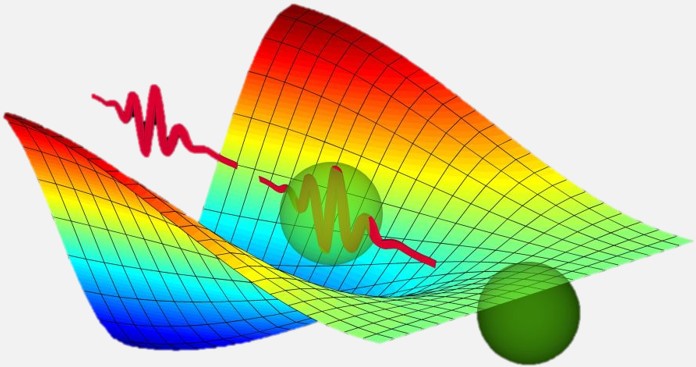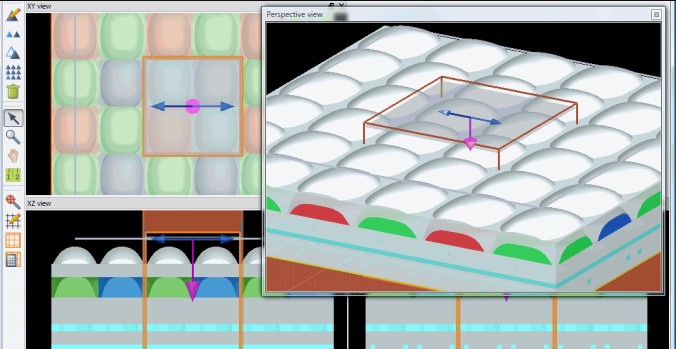Ansys Lumerical FDTD
The industry standard for simulating nanophotonic components, procedures, and materials is Ansys Lumerical FDTD (Finite-Difference Time-Domain).
The industry standard for simulating nanophotonic components, procedures, and materials is Ansys Lumerical FDTD (Finite-Difference Time-Domain).
Ansys Lumerical FDTD, employing the finite-difference time-domain method (also known as Yee’s Method), offers best-in-class solver performance across a wide range of applications.
The integrated design environment offers advanced post-processing, optimization, and scripting capabilities, allowing you to concentrate on your design while leaving the rest to the software.


Functional and practical industrial applications
Designers can model interacting optical, electrical, and thermal effects thanks to tools that seamlessly integrate device and system level functionality. A variety of processes that combine device multiphysics and photonic circuit simulation with external design automation and productivity tools are made possible by flexible interoperability between products.